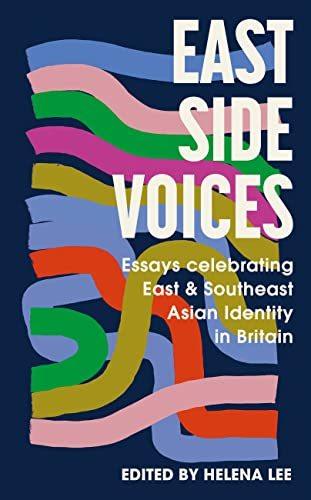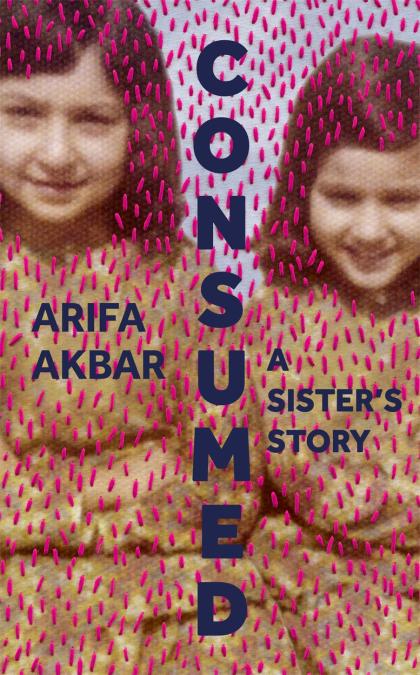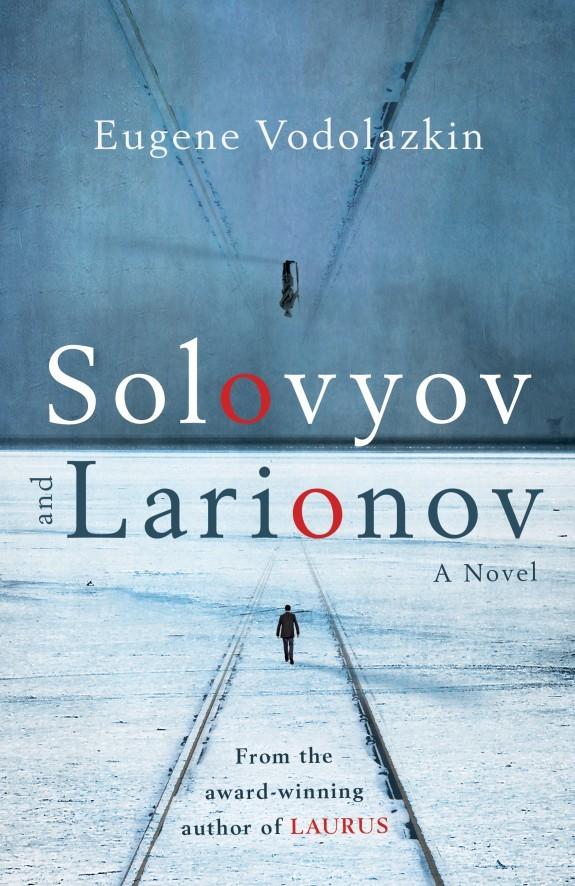Tartan Noir is a term much bandied around in bookish circles but where did it come from and what does it mean? Early in his writing career Ian Rankin met James Ellroy at a book signing. Rankin explained that he too was a writer and he was writing tartan noir, an affectionate nod to the iconic American Noir films and novels. The catchy phrase soon became a brand that encompassed many new crime writers emerging from Scotland with Val McDermid and Ian Rankin in the vanguard. But does Tartan Noir have a unique quality that distinguishes it from other types of crime fiction?
Scotland’s literature has long featured the duality of the human condition, the housing of two diametrically opposing thoughts in one mind, such as good versus evil. The most famous examples are The Strange Case of Dr Jekyll and Mr Hyde by Robert Louis Stevenson, and The Private Memoirs and Confessions of a Justified Sinner by James Hogg, which have inspired many of today’s Scottish novelists including Ian Rankin. These menacing tales show the best and worst of men, and the desperate measures they take to find redemption and save their souls. Since their publication in the 19th Century they have alarmed many a late-night reader. Traces of the American hard-boiled crime genre can also be detected as an influence in Tartan Noir police procedural and private eye novels, featuring sharp dialogue, down-at-heel settings, and a tough anti-hero. Mixed with the Scottish love of black humour, these influences make the heady brew that has been branded, Tartan Noir.
The first landmark Scottish crime novel, and often said to be the first Tartan Noir novel, is Laidlaw, written by the late William McIlvanney and published in 1977. DI Laidlaw, a complex character with a dry wit, is investigating the rape and murder of a young woman in Glasgow, using some unorthodox methods. It was the first in a series of three novels featuring Laidlaw, and the mixture of compassion and elegiac prose inspired a new generation of crime writers. ‘From those beginnings has flowed a veritable river of Scottish talent,’ says Gordon Brown, author, and a founder of the Bloody Scotland crime festival. ‘As a term it has been useful in raising awareness for Scottish crime fiction, a genre that, prior to McIlvanney’s work, was relatively thin on the ground.’ McIlvanney thought that the term Tartan Noir was ‘ersatz’, but his pioneering place in the Scottish crime canon is undeniable.
Val McDermid published her first crime novel, Report for Murder, in 1987, and Ian Rankin published the first Rebus novel, Knots and Crosses, the same year. Neither achieved overnight success, but their hard work and perseverance eventually paid off. McDermid published The Mermaids Singing, the first in her hugely successful Dr Tony Hill and DI Carol Jordan series in 1995, winning The Crime Writers’ Association Macallan Gold Dagger Award For Best Crime Novel Of The Year. In 1997, Rankin won the same award with Black & Blue, a chilling tale about a copycat serial killer, and his career soared.
With the door to potential publication firmly ajar, other Scottish crime writers came to the fore. Stuart MacBride set his DS Logan series of novels in Aberdeen, the mixture of comedy and carnage proving a hit with readers. Christopher Brookmyre set the bar high with his debut, Quite Ugly One Morning, and has continued to write novels with his unique blend of humour, action, and exploration of social issues. Louise Welsh made her debut with the unsettling, gothic novel, The Cutting Room, while Denise Mina hit the ground running with Garnethill, a tale about people surviving, or not, on the edges of society. Crime writers Quintin Jardine, Caro Ramsay, Allan Guthrie, and Alex Gray also became part of the Tartan Noir groundswell.
Today, the Scottish crime writing scene is even more diverse and for some writers the Tartan Noir label doesn’t fit as comfortably. ‘Tartan Noir now covers a wide church of work and, as such, does not so much reflect a genre or a style of writing but rather describes an ever burgeoning group of writers, writing crime fiction in and/or about Scotland,’ says Gordon Brown. For budding writers, it can also be a hinderance as Theresa Talbot, author of the Oonagh O’Neil series, says. ‘The drawback is it tends to pigeon-hole writers into a particular slot, especially with booksellers and publishers. When I was starting out several publishers told my agent ‘we like her work, but we have a Scottish crime writer on our books,’ or words to that effect. Also, there are loads of brilliant Scottish writers who just happen to be writing crime novels, but their books may not necessarily fit the stereotypical Tartan Noir model. We all tend to be lumped in together, but I have to say it’s a pretty lovely bunch to be lumped in with.’
When Graeme Macrae Burnet’s historical thriller, His Bloody Project, was shortlisted for the Man Booker prize in 2016, it demonstrated to a wider audience the remarkable quality and diversity of Scottish crime writing. Claire MacLeary, author of the Aberdeen-set series featuring novice private eyes, Harcus & Laird, explains. ‘We are a small country, but we have huge variations in landscape, hence the wide divergence in the sense of place, from inner city tenements and Georgian squares to dramatic mountains and remote islands. Ditto language, from Shetland quasi-Norse through Doric to lowland vernacular.’
There is a Scottish crime novel to suit almost every taste, from the gentle humour of Alexander McCall Smith to the witty and knowing tales of Olga Wojtas and her time-travelling heroine, fifty-something Shona McMonagle, erstwhile Marcia Blaine Academy prefect and an accomplished linguist and martial artist. The east coast is the setting for Jackie McLean’s intense DI Donna Davenport series, and Inverness is the surprisingly lively journalistic beat for Douglas Skelton’s Rebecca Connolly series. But Scottish writers do not limit themselves to writing about their homeland. ‘Witness myself,’ says Gordon Brown, ‘a Scottish crime writer whose latest book, ’Thirty-One Bones’, is set in Spain.’ Living in the far north of Scotland has not stopped writers Margaret Kirk, Neil Lancaster, and Alex Walters, from publishing gripping crime novels, giving rise to the moniker Highland Noir, even though their only similarity is living in the Highlands and writing crime novels.
The Tartan Noir brand has also had an impact on book festivals in Scotland and beyond. ‘Crime sells,’ says Claire MacLeary. ‘It has helped book festivals, large and small, to flourish, from the Edinburgh International Book Festival to Glasgow’s Aye Write! to smaller festivals on Bute and Islay. These furnish opportunities for aspiring crime writers to learn and network, most especially at Bloody Scotland, launched at Stirling Castle and dedicated solely to crime writing. The intimate setting allows newcomers to rub shoulders with stellar names like Val McDermid, Ian Rankin, Denise Mina and founding board members Lin Anderson and Alex Gray. Bloody Scotland also offers in Pitch Perfect the chance for new writers to pitch their crime novel to publishers and literary agents. Likewise, Spotlight, a short pitch in advance of the main festival, an idea which has been successfully adopted by Aberdeen’s Granite Noir Crime Festival.’
Crime novels are much more than violent tales featuring nasty characters. They are also useful vehicles to explore current social and political concerns. Lesley Kelly’s Health of Strangers series scores a bullseye with her stories about the North Edinburgh Health Enforcement team. Presciently written before Covid-19 reared its ugly head, her characters are on the trail of a deadly virus and time is running out.
Several years on from Ian Rankin’s off-the-cuff remark, has the Tartan Noir brand outlived its usefulness? ‘It is a ‘pseudo’ brand that allows promotional opportunities globally that other countries/genres would love,’ says Gordon Brown. ’Scandi Noir is a great example of a similar branding attempt. It has also provided a standard around which many new and aspiring writers rally to and it is the bedrock that the Bloody Scotland crime writing festival is built upon. It may not be the favourite term for some, but it shows no sign of running out of steam anytime soon.’
‘Any publicity is good publicity,’ adds Theresa Talbot, ‘more so in the current retail climate, where independent publishers and booksellers are fighting for survival, and would-be crime writers are battling to make their voices heard in a crowded marketplace.’
If you have never dipped your toe into the Tartan Noir pool, Black & Blue, Ian Rankin’s breakthrough novel is a good place to start. It combines the facts of a real-life serial killer, Bible John, who terrorised women in Glasgow in the late 1960s, with a fictional copycat, determined to make his mark. Dark, brooding, and utterly gripping, Black & Blue is everything a modern Scottish crime novel should be.
Shirley Whiteside is a writer, editor, and broadcaster based in Glasgow. She has reviewed books for a wide variety of newspapers and magazines and has been a judge for the Saltire Literary Awards. She produces and presents Booked, a local radio series where she talks about writing and books with authors of many genres, but she has a special interest in Scottish crime novels.









